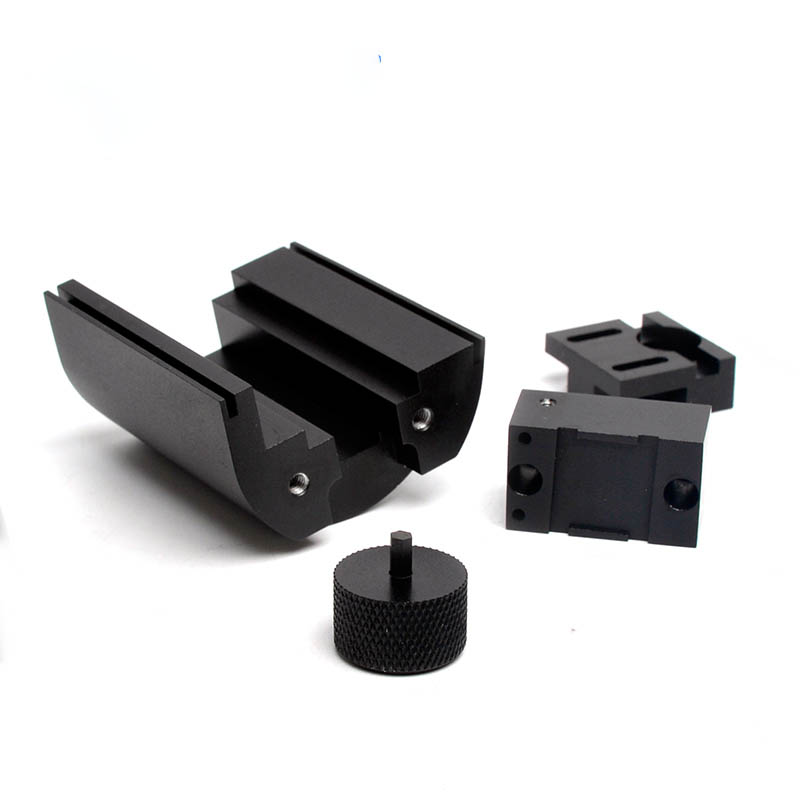
Different fields in the manufacturing industry rely heavily on machining. Whether you are considering starting a machining business or looking to have components for your next project produced, you need to decide whether you are going for CNC machining or manual machining.
Even though CNC milling has eclipsed manual milling with better technology and broader applications, manual machining still holds an important place in the world of machining. Both types of machining can be used in different applications in different fields like construction, dental, aerospace, medical, metal work, automotive, agriculture among others.
CNC milling is more advanced than manual milling, and as expected, it offers a variety of benefits for both the machining business and the clients that outsource the production of their components.
Precision – CNC machines are incredibly precise and can reproduce many components with the same measurements and thickness. They rely heavily on autonomous machining which eliminates human error.
High production – if you are looking for high production with thousands of pieces required in a short amount of time, CNC machines can handle large-scale production. They are also very scalable for a business that is rapidly growing.
Less labour – human intervention is very minimal with CNC Milling. There is not as much skill and experience required to use the lathe and produce quality components.
Uniformity – one of the greatest advantages of CNC milling machines is they can produce the same product over and over again. With CNC milling, the dimensions are similar in all components down to the tiniest measurements.
Benefits of Manual Milling
Even though CNC milling is the preferred method in most businesses and even for some clients, there are some applications and situations that are best suited for manual milling, and as such, it also has its fair share of benefits.
Lower capital – unlike CNC milling machines, manual machines do not cost as much. They don’t require as many components or space to operate which makes them a preferred choice for businesses that are just starting out.
No programming – for CNC lathes to work, there is a lot of programming required to get the machines to work properly. With manual milling, you don’t have to worry about programming or the time taken to make sure the details are correct.
Shorter turn-around time – with manual milling, the time taken to produce a component is shorter. The steps involved are not as many as with CNC milling hence getting a piece ready usually takes a shorter time.
It is a great back-up – manual milling is a great back up for CNC milling. While you handle large projects on the CNC milling, you can use manual milling to handle smaller projects.
Unlike CNC milling, manual milling requires a lot of technical skill and know how especially for the complex components. Manual milling is ideal for simple components and also where the volume of production is limited. CNC milling is the golden standard and is perfect for large volume projects and where consistency is essential.